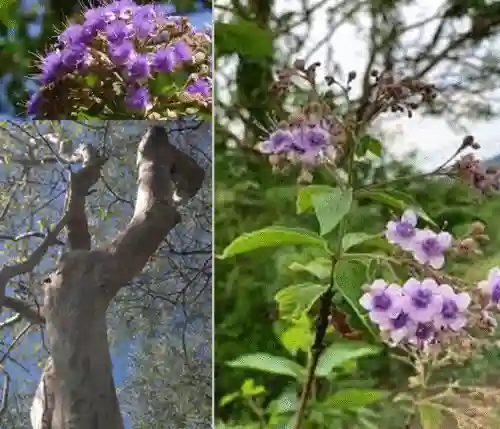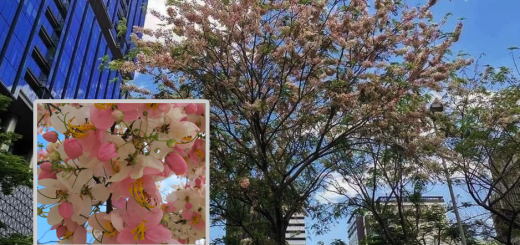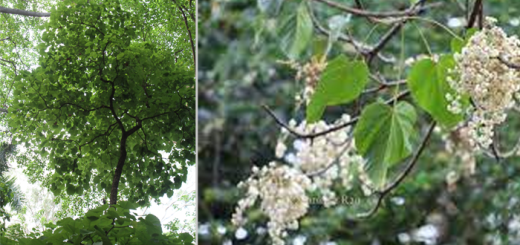Philippine Teak – A Precious Native Tree on the Brink

The Philippine Teak (Tectona philippinensis) is more than just a tree — it’s a symbol of the Philippines rich biodiversity and ecological heritage. Endemic to the country, particularly in the provinces of Batangas and Iling Island in Occidental Mindoro, this hardwood species is now fighting for survival in the face of habitat loss and overexploitation. This blog dives into the significance, characteristics, and conservation status of the Philippine Teak, and why it’s critical to protect this botanical treasure.
A Native Hardwood with Character
Philippine Teak is a medium-sized to large deciduous tree that can grow up to 15–25 meters tall. It’s known for its strong, durable wood that’s highly valued for construction, furniture-making, and traditional uses in rural communities. The tree is especially recognized for its broad, ovate leaves and small, purple to bluish flowers that bloom in panicles.
What sets it apart from other teak species (like the well-known Burmese teak) is that it is endemic — meaning it naturally occurs nowhere else in the world but the Philippines. This makes its conservation even more crucial.
Ecological Role and Cultural Significance
In its natural habitat, the Philippine Teak plays a vital role in supporting the ecosystem. It provides shade, helps prevent soil erosion, and offers shelter and food to local wildlife. Some communities also regard the tree with cultural reverence, using it in rituals or traditional medicine, although such practices have dwindled over time.
Threats to Survival
Unfortunately, the Philippine Teak is listed as Critically Endangered on the IUCN Red List. The main threats to its survival include:
- Deforestation and Land Conversion – Large swaths of forested land have been cleared for agriculture, settlement, and infrastructure.
- Illegal Logging – Due to its high-quality timber, the Philippine Teak is often illegally harvested.
- Limited Range – Being confined to specific regions makes it extremely vulnerable to localized threats like wildfires or climate shifts.
Without urgent intervention, this native species faces a high risk of extinction.
Conservation Efforts
Several initiatives are underway to protect and restore Philippine Teak populations:
- In Situ Conservation – Protected areas such as forest reserves in Batangas and Mindoro are being managed to safeguard remaining natural stands.
- Ex Situ Propagation – Institutions like the University of the Philippines and DENR are involved in seed collection, nursery propagation, and replanting efforts.
- Community Awareness – NGOs and environmental groups have been engaging local communities to promote sustainable practices and highlight the importance of native species.
However, the survival of the Philippine Teak ultimately depends on consistent policy enforcement, public support, and habitat restoration.
How You Can Help
- Support local reforestation efforts that focus on native trees.
- Avoid buying furniture made from illegally sourced hardwood.
- Educate others about the importance of native species conservation.
- Partner with local environmental groups or donate to causes that protect Philippine forests.
Philippine Teak – A Critically Endangered Species
The Philippine Teak is a botanical gem that reflects the unique natural heritage of the Philippines. As a critically endangered species, its continued existence hangs in the balance. Through increased awareness, responsible stewardship, and united conservation action, there’s still hope that this tree can once again thrive in the forests of the archipelago.
References:
https://en.wikipedia.org/wiki/Tectona_philippinensis










